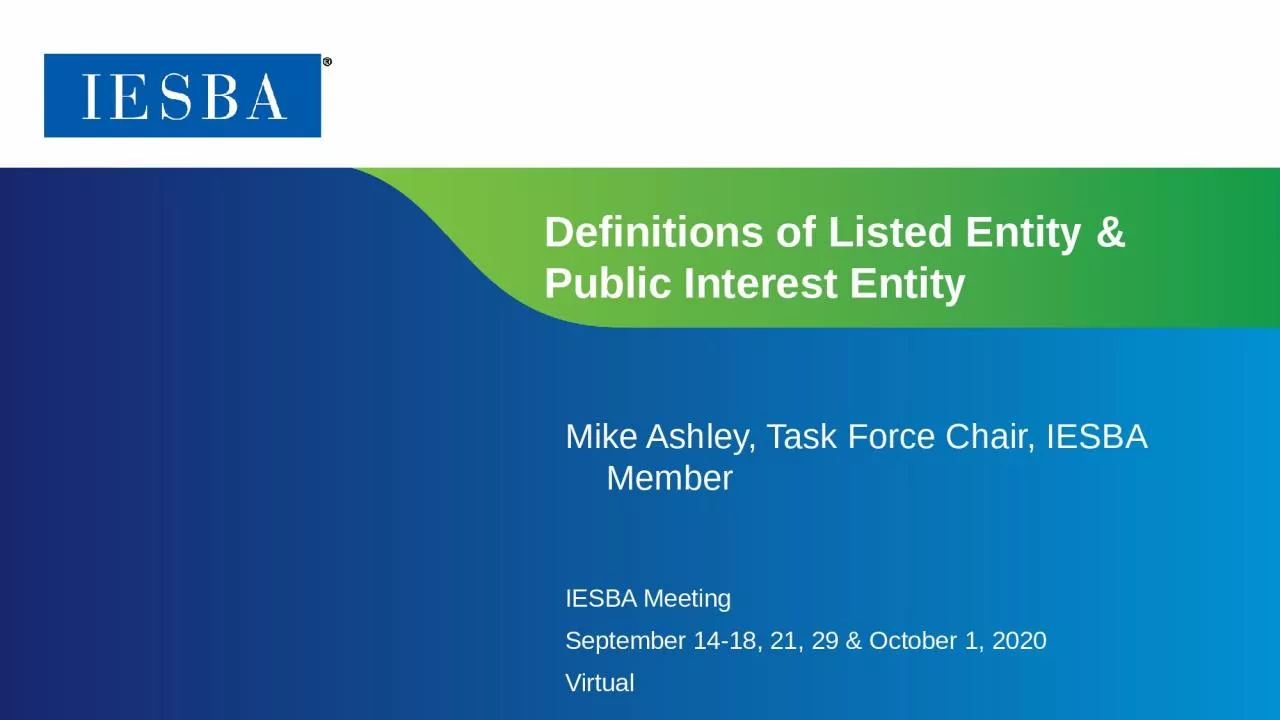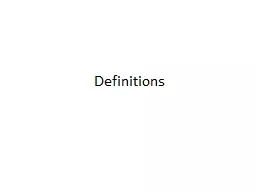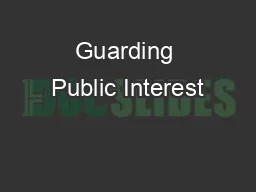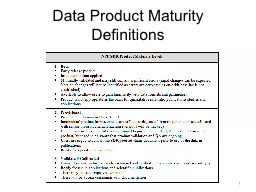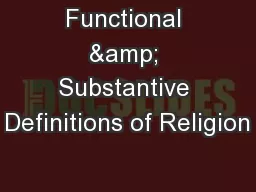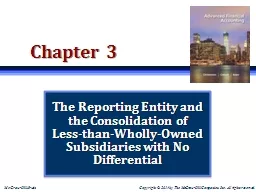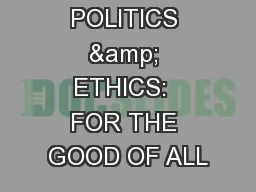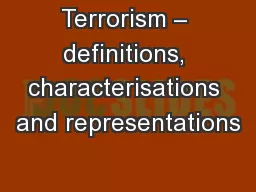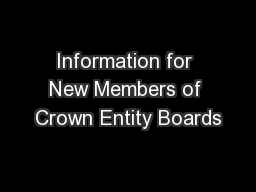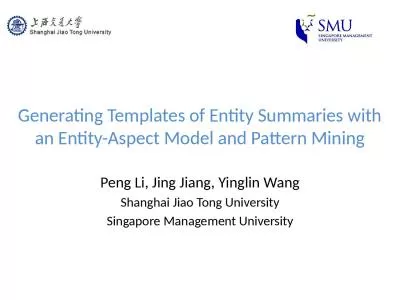PPT-Definitions of Listed Entity & Public Interest Entity
Author : roy | Published Date : 2023-11-06
Mike Ashley Task Force Chair IESBA Member IESBA Meeting September 1418 21 29 amp October 1 2020 Virtual To discuss issues and TF Views Objectives of Session To
Presentation Embed Code
Download Presentation
Download Presentation The PPT/PDF document "Definitions of Listed Entity & Publi..." is the property of its rightful owner. Permission is granted to download and print the materials on this website for personal, non-commercial use only, and to display it on your personal computer provided you do not modify the materials and that you retain all copyright notices contained in the materials. By downloading content from our website, you accept the terms of this agreement.
Definitions of Listed Entity & Public Interest Entity: Transcript
Download Rules Of Document
"Definitions of Listed Entity & Public Interest Entity"The content belongs to its owner. You may download and print it for personal use, without modification, and keep all copyright notices. By downloading, you agree to these terms.
Related Documents

